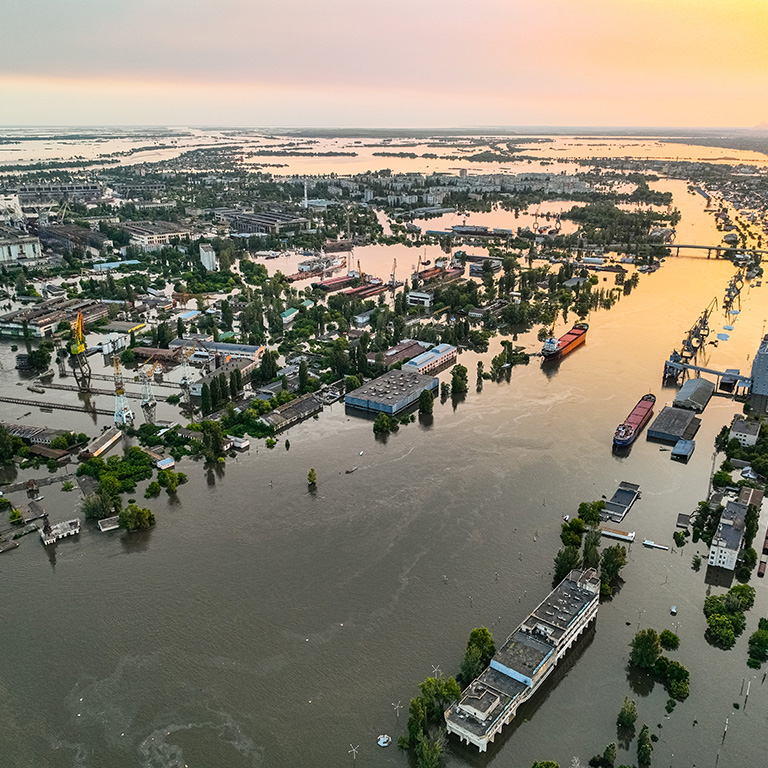
By Amy Barnes ,
Global Head of Energy & Power, Marsh
10/16/2023 · 3 minute read
As a result, supply chain issues are rising up the boardroom agenda in many industries, with business leaders wanting to better understand evolving risks and how those risks can be better mitigated and managed.
Although indicators like the Federal Reserve Bank of New York’s Global Supply Chain Pressure Index show transportation and manufacturing KPIs closer to historical levels, critical vulnerabilities and disruptions remain.
A growing risk for many organizations is climate-related supply chain disruptions, as the frequency and severity of extreme weather events accelerates. The World Economic Forum’s Global Risks Report names natural disasters and extreme weather events as the second-most severe risk over the next two years and third most severe over the next 10 years. As events become more frequent and widespread, the potential downtime and cost to businesses from supply chain interruption is increasing.
Extreme weather can cause physical damage and operational disruptions, low rainfall and droughts can prevent commodities and products from being transported on rivers and waterways, and water scarcity has the potential to impact most manufacturing processes.
Sinking water levels in the Rhine, extensive wildfires in Canada, and the 2021 Texas freeze highlight the climate-related supply chain vulnerabilities facing businesses. And all of these issues that impact assets and operations can also severely impact people and the communities in which they live.
In this new normal, many companies, especially those in industries with high supply chain risk exposures, are prioritizing climate risk management and building supply chain resilience.
Some organizations are adapting to climate change by boosting their inventory to buffer against shocks, while also working to alter the layouts of their networks to address vulnerabilities. Changes to global supply chain structures, however, are still in the early stages.
For risk management professionals, risk quantification and scenario analyses need to happen cross-business and between teams, as they frame the conversation in shared terms. This is particularly important with regards to large-scale disruptions, where there may not be one sole response to an event and the impacts could be enterprise-wide.
The success of these steps rests upon effective collaboration across business functions, including risk management, supply chain, sustainability, strategy, and people. A unified view of a supply chain — who is involved, where they are located, what pre-event exposure assessments and exercises are in place, how to share tools — is fundamental to establishing best practices and building short- and long-term supply chain resilience.

Article,Featured insight
12/01/2025

Report,Featured insight
09/19/2025